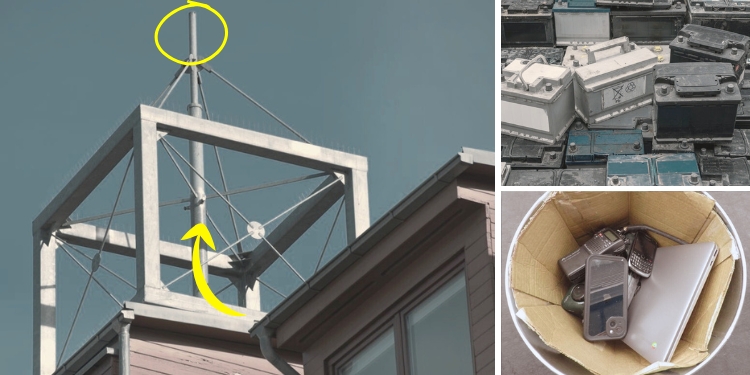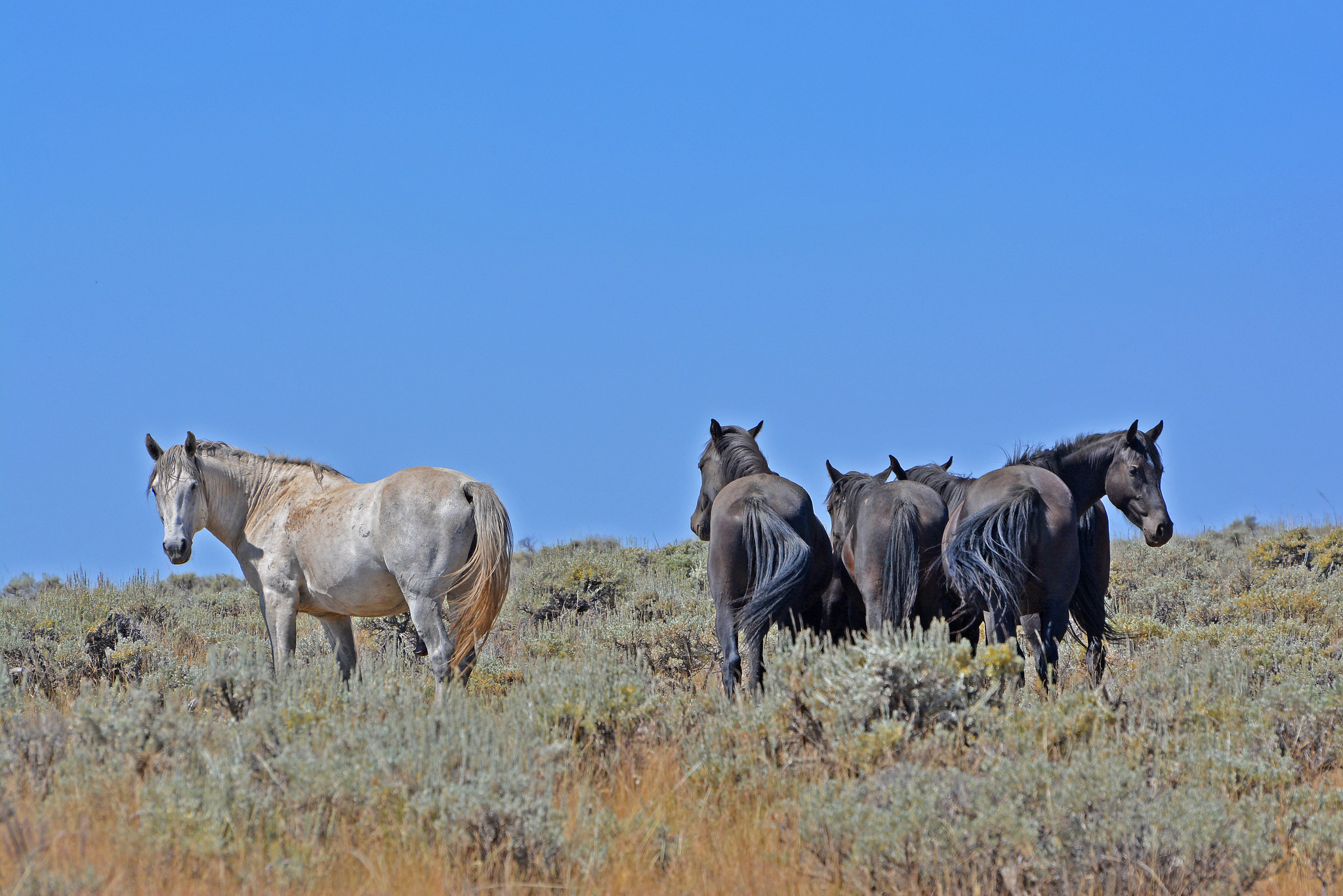In Wisconsin, Home of the Sandhill Crane Recovery, Legislators Are Now Considering a Hunt

Sandhill cranes, which have a special place in the history, geography, and culture of Wisconsin, could be hunted in the Badger State if the 2025 legislature approves a bill to allow a season.
A sandhill hunting season would bring Wisconsin in line with other jurisdictions in the flyway and would recognize and manage the prodigious growth in the population of crop-raiding birds that conservation pioneer Aldo Leopold worried would go extinct in his lifetime — “adrift in history,” he wrote.
Indeed, Leopold’s beloved “Shack,” the primitive homestead on the Wisconsin River that’s the inspiration for his most influential writings on conservation and human responsibility to wildlife, is the epicenter of Wisconsin’s sandhill crane population and symbol of the state’s reverence for the bird. Significantly, it’s also near the headquarters of the International Crane Foundation, the world’s leading crane conservation organization which has taken a dim view of a proposed hunt in its literal backyard.
Aware of the strong feelings around crane hunting in the state, legislative leaders convened a study council last year that considered pros, cons, and alternatives to a hunt before ultimately voting to send draft legislation to the state legislature. That legislation, which recommends a limited hunt and which also provides funds to mitigate damage to farmers’ corn crops, will be considered this session and, if passed and signed by the governor, could establish a season as early as next year.
If approved, Wisconsin would join Kentucky, Tennessee, and Alabama in hunting sandhill cranes in the East. To the north, both Quebec and Ontario are considering hunting seasons that could begin as early as 2026. Populations in the flyway (Wisconsin’s sandhills are part of the Eastern population that includes birds from both the Mississippi and Atlantic flyways) are about triple the number required to trigger a hunting season, according to the U.S. Fish and Wildlife Service. Sandhill crane seasons are well-established in most states and provinces of the Central Flyway and some in the Pacific Flyway.
It’s worth looking at Wisconsin’s experience with the issue, not only as a window into the sometimes tedious mechanism of wildlife management, but also to illustrate all the constituencies and values affected by natural resource policy.
Wisconsin has been defined as a swing state in presidential politics for the past decade, and its evenly divided institutions — its current legislature leans mildly Republican while the governor is a Democrat — compound the politics around the hunt. The crane-hunt proposal reminds some observers of Wisconsin’s torturous experience with approving a mourning dove hunt a generation ago.
In the case of mourning doves, Wisconsin’s Natural Resources Board approved a hunt in 2000 after 30 years of debate and serial rejection of the idea. The hunt was litigated for four years until Wisconsin’s modern — and apparently permanent — hunt was finally approved by the state’s Supreme Court in 2004. Mindful of the land mines around establishing novel hunting seasons, and wincing over rejection of crane hunting on at least two previous occasions, promoters of the sandhill hunt were intentional about building stakeholder support for a season.
“Based on the biology of the sandhill crane in Wisconsin, we can have an ethical and sustainable hunt and it will not hurt the population,” says Bruce Ross, executive director of the Wisconsin Waterfowl Association. “But Wisconsin is different from other states. We are a staging and breeding ground for the bird, and we know there is a deep emotional connection to cranes in Wisconsin. We’re home to the International Crane Foundation, whose URL is ‘savingcranes.org’ and Aldo Leopold’s ‘Marshland Elegy’ gets trotted out a lot. He thought he had seen the last of the sandhills. Some [people] question why we now want to invoke a hunting season on those birds that are of such majesty and represent a remarkable conservation success story.”
The reason is because crane recovery has been so effective that the birds are starting to be nuisances.
The U.S. Fish and Wildlife Service estimates 55,000 to 60,000 sandhill cranes either breed or rear their colts in Wisconsin or migrate through the state. That’s about half the flyway total of 112,000 and well above the 30,000-bird population biologists say can sustain a hunt. In Wisconsin, those birds don’t just stay on roosts in the famed Horicon Marsh or nearby Wisconsin River. They also spread out across the state’s corn-and-potato belt, causing millions of dollars in agricultural damage.
Because there’s no active crane hunting season — sandhills aren’t even defined as a game bird in the state — farmers are left with two options. One is to deter sandhills by coating corn seed with a bitter substance called Avipel that makes newly planted corn unpalatable to the birds. The second is to apply for special kill permits to shoot depredating cranes. Last year in Wisconsin some 1,400 crop-eating cranes were shot on these permits and left to rot in farmers’ fields. By law, birds killed on these depredation permits cannot be consumed.
“That should rub every hunter and anyone who thinks of themselves as a conservationist the wrong way,” says Cyrus Baird, senior director of government affairs for Delta Waterfowl. “The state is paying someone to shoot cranes. Why not have a carefully managed hunting season and a lottery quota system and have the DNR use hunter revenue that can then go toward managing cranes, and have the same produced outcome?”
After waterfowl groups raised those questions to legislators, and acknowledged the deep cultural connection to cranes in the state, legislative leaders considered the issue both important and nettlesome enough to convene a joint Legislative Council Study Committee to kick around various management options. The 12-member committee met five times over last summer and fall and ultimately produced the draft legislation that will go before the full legislature later this session.
Advice and Dissent
In America, there tend to be two main ways to influence hunting policies. One is to exercise the initiative process, as Coloradans employed last year with Initiative 127, the failed proposal to ban sport hunting of mountain lions and bobcats. This “ballot-box biology” tends to run high on emotion and short on collaboration. The alternative is Wisconsin’s study committee, where stakeholders thrash out various options in a tedious, transparent process.
But even that inclusive approach isn’t perfect, as Anne Lacy from the International Crane Foundation observed in her role on the study committee.
“I went into the council process cautiously optimistic that we’d have multiple perspectives ultimately guided by science,” says Lacy, the Crane Foundation’s director of Eastern Flyway programs for North America. “But ultimately, I think much of the science that was presented was disregarded because the group wanted to have a hunting season and were willing to contort the science to fit that outcome. My sense is that a transparent, stepwise process was just a smokescreen for a pre-determined outcome.”
Other members of the council stressed that the group considered the latest population estimates and models. That includes one of the nation’s leading migratory bird ecologists, a professor at the University of Wisconsin-Stevens Point, who voted for the hunting-season proposal. But Lacy says the committee didn’t adequately account for mitigation measures, developed and promoted by the Crane Foundation, that can effectively deter cranes from eating farmers’ corn. Because most crane depredation occurs in the springtime, fall hunting seasons wouldn’t effectively target these crop-eating birds.
“While we’re working on lowering lethal removal [of corn-eating cranes], it remains too high,” says Lacy. “Hunter harvest would likely be additive mortality.”
She worries that, because cranes are such a long-lived species that breeds relatively late in life, population declines might take years to be recognized, and by then crane numbers could drop to unsustainable levels.
It’s unlikely that Wisconsin’s sandhill cranes might go back to the Depression era, when only 25 breeding pairs were counted in the state and Leopold considered the solitary bird to be “wildness incarnate.”
“Their annual return is the ticking of the geological clock,” Leopold wrote in “Marshland Elegy.” “Upon the place of their return they confer a peculiar distinction. Amid the endless mediocrity of the commonplace, a crane marsh holds a paleontological patent of nobility, won in the march of aeons, and revocable only by shotgun.”
Now, cranes are commonly seen across the state, and have found a combination of open space and groceries in Wisconsin’s agricultural areas. And they’re increasingly common in the suburbs and even urban parks and greenways. With abundance comes familiarity, says the Crane Foundation’s Lacy.
“It’s a bird that stands on two legs and can look you in the eye,” she says. “It’s easy for people to identify with cranes. They mate for life, though they will also divorce — another human trait — and they’re family-oriented and they’re easy to identify. Plus, there’s a reverence for cranes that we see on all five continents where they live. People feel extra-protective of them.”
Headwinds for a Hunt
But there’s the indisputable matter that there are now more cranes than ever in Wisconsin, and three times the number that could sustain a hunt. They cause millions of dollars in crop damage when loss of fall potatoes is added to the hit on spring corn.
The bill draft approved by the legislative study committee tries to address concerns from every group, with the possible exception of the Crane Foundation.
“The idea was to get some financial help for corn farmers and the depredation they face,” says Ross of Wisconsin Waterfowl Association. “So there’s a provision that would designate sandhill cranes as a game species, and add $1 to the cost of base hunting licenses and $2 on combination licenses, and an increased fee on non-resident licenses. That would add about $1.3 million annually to the depredation fund for abatement assistance to pay for Avipel. But because we recognize that there’s no effective deterrent for cranes that are damaging potatoes, we are proposing a limited hunting season to both control populations and offer some relief to potato growers as well as the opportunity to hunt a common, abundant bird.”
The bill includes a mandatory education course for hunters to ensure they can identify sandhill cranes from endangered whooping cranes, which share the flyway. Another provision seeks to minimize harvest of breeding pairs in Wisconsin.
That hybrid bill was approved by the study committee on an 8-4 vote, with the non-hunting conservation groups, the Crane Foundation’s Lacy among them, and two Democrat lawmakers opposed. Critics have observed that, while it’s not ballot-box biology, the legislation politicizes the issue by taking season-setting authority away from Wisconsin’s Natural Resources Board.
The fate of the bill, which will be introduced to the legislature as a non-partisan study-committee bill, is not assured. Previous sandhill crane hunting bills have not fared well in Wisconsin’s legislature, the last in 2022 as part of a larger sportsman’s package. Critics say that one of the most vocal proponents of that previous effort, Michigan rocker Ted Nugent, didn’t help the cause.
“He stood on the steps of the Capitol and talked about ‘ribeye of the sky’ and how he liked his cranes with butter and garlic,” recalls one source. “Given the emotional connection of Wisconsinites to cranes, that didn’t go over well, and even though it was a strongly Republican majority legislature, that bill never even got to the floor.”
If this hybrid bill is approved by the state legislature, there are even odds that Democratic Gov. Tom Evers will sign it into law.
If it makes it through the legislative gauntlet, Wisconsin’s Department of Natural Resources would have to apply to the U.S. Fish and Wildlife Service to approve a hunt.
Based on the estimated size of the Wisconsin crane population, as many as 5,100 tags could be issued by the DNR for a 60-day season that could run between Sept. 1 and Jan. 31. The U.S. Fish and Wildlife Service has limited tags in the flyway to 12,300. Currently Alabama, Kentucky, and Tennessee issue 5,950 tags combined, so Wisconsin’s prospective number of tags would remain below the flyway maximum.
Read Next: Wyoming Lawmakers Want to Quadruple Hunting License Application Fees
“The fact that other states in the flyway have managed successful, sustainable hunting seasons for cranes is encouraging,” says Ross. “These are not just Wisconsin’s birds. They’re a migratory international resource, and it’s important to remind people that the U.S. Fish and Wildlife Service has measures to ensure that this is a well-managed resource under federal guidelines and international treaties. We don’t want Wisconsin to be an outlier, one of the only states and provinces that doesn’t offer a season. We’re simply asking for the chance to prove that we can implement a safe, ethical, and sustainable hunting season for sandhill cranes.”
Read the full article here







